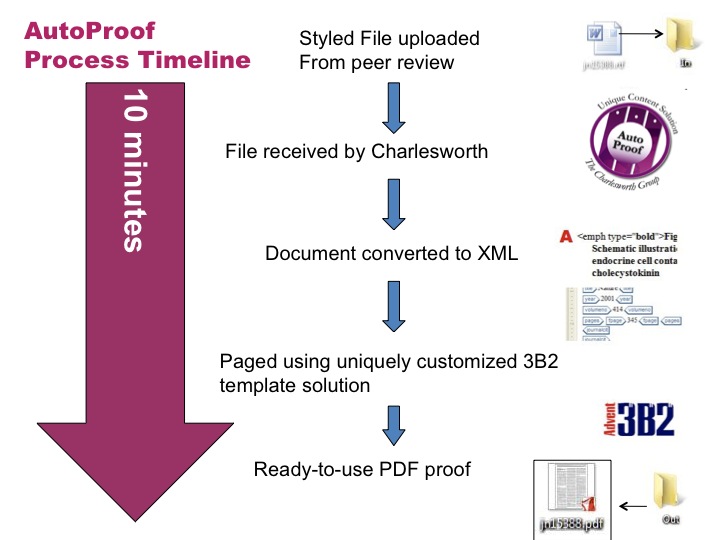Presenter: James Williams, Session Abstract

July 10, 2009 at 4:30 p.m.

Background
James Williams is Manager, Information Systems at the eScholarship Research Centre at The University of Melbourne (http://www.esrc.unimelb.edu.au). His background is in Computer Science and Linguistics. James’ work focuses on eResearch and eScholarship, archiving and print on demand.
Session Overview
This session was a technical session, which laid the context and groundwork for a plug-in aimed at leveraging the network for citations. This session also highlights that some of the features of this plug-in are about to be implemented in the Referral plug-in coming with OJS 2.3. The author is planning to take his plug-in further by building on the work that has been done with the OJS Referral plug-in.
The context and groundwork included: Scholarly Contribution and Statistical Measurement; Bibliometrics – the h-Index and Journal Impact Factor; Indexes, Citators, Aggregators, etc.; What is Scholarship? What is Significant?; Developing Online Research Support Infrastructure; Scope – Scholarly Publishing and OJS Development. The key driver behind the paper had been to lead up to a plug-in which could capture and expose citation data, though this has been, to a certain extent, scooped by the Referral plug-in in the coming OJS 2.3. So OJS created a “heart broken Australian”, though one who is expected to make a full recovery.
In Australia, extensive dialogue around the measurement of academics’ scholarly research. Much of this is controversial. One key measure discussed is citation measures. Two citation measures come up in these discussions: the h-index and the journal impact factor. Many questions have been raised about this and attempts made to improve these measures, but questions remain about the extent to which they can be relied upon. The h index is from a paper by Hirsh, (2005). Crudely, it is the average number of citations that an author’s publications achieved in a year. Though its calculation is more complex than this.
Further problems with citation measures include statistical considerations with these measures which vary greatly between disciplines, so citations counts can vary greatly for statistical reasons. The source of these citations is the different indexes (Scopus, ISI Web Of Science, PubMed, Google Scholar) though each of these measures citations differently.
So, in general, what is needed is to develop intelligent digital citation networks, increase the discoverability of significant research contributions, harness the footprints caused by active network behaviour, provide greater statistical detail for transparency, and surface this information as much as possible for richer bibliometric reporting.
So, more specifically, what is needed is to track referrer information where it’s available: referring website/link/journal, date of referral and number of incoming hits from each referrer. As each referring URL, site, or journal is detected, it then becomes a known information source – an external, digital citation. We then surface this URL, site, or journal on the originating journal. Users of our (originating) journal, unaware of the external citation, can then find other people referring to this resource, and so, the networked community expands, develops, and evolves. This is the intent behind our planned digital citation plug-in, but which, as previously mentioned has been partially scooped by the Referral plug-in in OJS 2.3. So we are going to look at the Referral plug-in and talk further with PKP about this and build on the work that PKP has done.
Session Questions
Q. I’d like to know more about the h index?
A: Hirsh (2005) and others have expanded this. Peter Jascoe has also written a paper on this
Q. What software should use would where citations need to be checked in the publication process? How can we auto check and fix citations?
A. For OJS, the Resolver plug-in will help. L8X could also help.
References and Related Links
eScholarship Research Centre, University of Melbourne
Hirsh, J.E. (2005). An index to quantify an individual’s scientific research output. Retrieved on July 12, 2009 from http://www.cs.ucla.edu/~palsberg/hirsch05.pdf
Top Scholars in Computer Science, as calculated by the h index
What is Web 2.0? (includes translations in Chinese, French, German, Italian, Japanese, Korean, Spanish)
